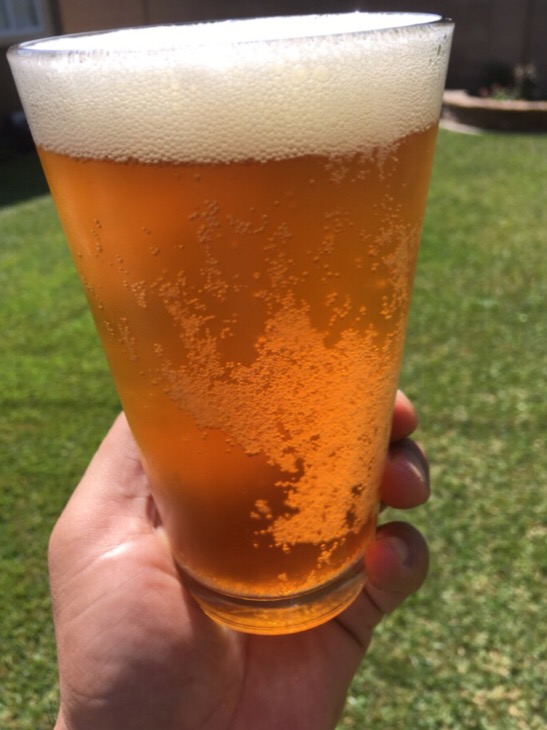I hope to try this recipe and just finished reading all 896 messages on this forum. There was very little discussion on diacetyl (mostly in the last messages), but I could not find any person actually recommending doing a diacetyl rest for this beer. Why is this not being practiced as a standard procedure? Has anyone actually done one for this recipe? If not, why not?
I think ppl are confused when they read our diacetyl conversations. It's not during fermentation that it's detected, it's a couple days after kegging. The belief is it's some kind of interaction with the massive dry hop additions (sugars from the hops), residual yeast, and possibly force carbing. Just did a 10oz total hop NEIPA and after day 6, no diacetyl, but I'm bottling. Other ipa threads are discussing this issue also. I'm doing another neipa using Cryo Hops next for dry hopping. Apparently, it's a problem with professional brewers also.

























![Craft A Brew - Safale BE-256 Yeast - Fermentis - Belgian Ale Dry Yeast - For Belgian & Strong Ales - Ingredients for Home Brewing - Beer Making Supplies - [3 Pack]](https://m.media-amazon.com/images/I/51bcKEwQmWL._SL500_.jpg)


































